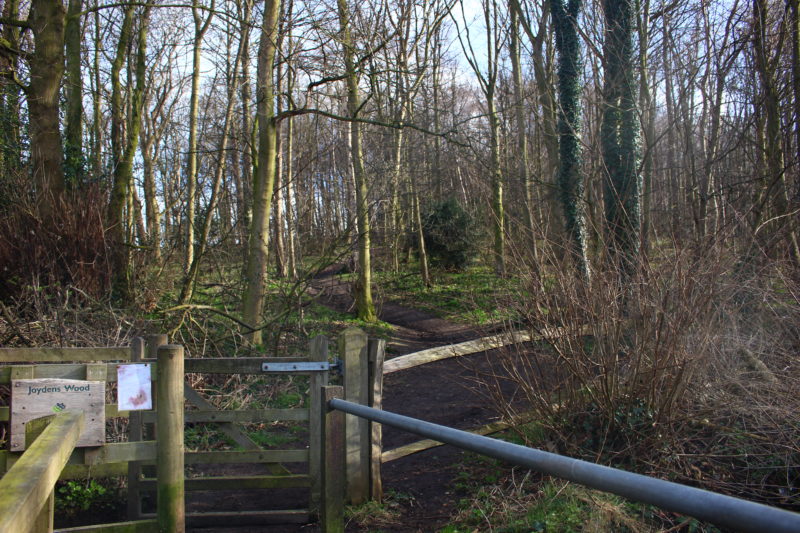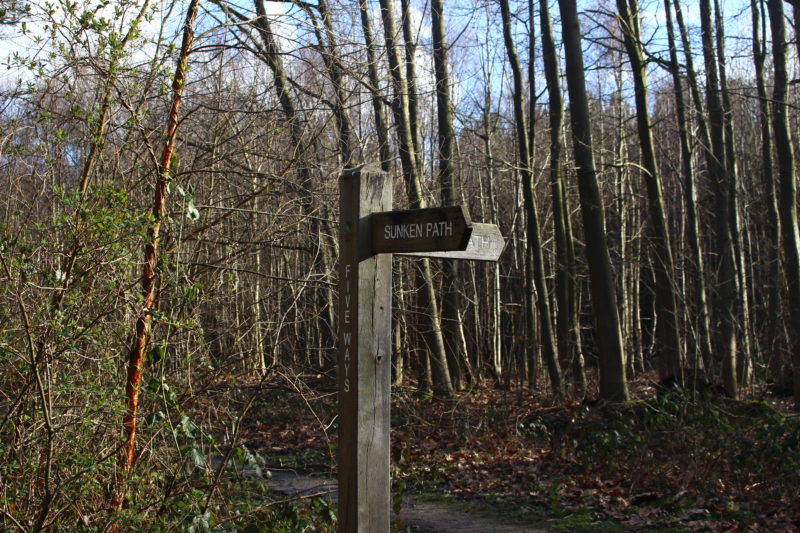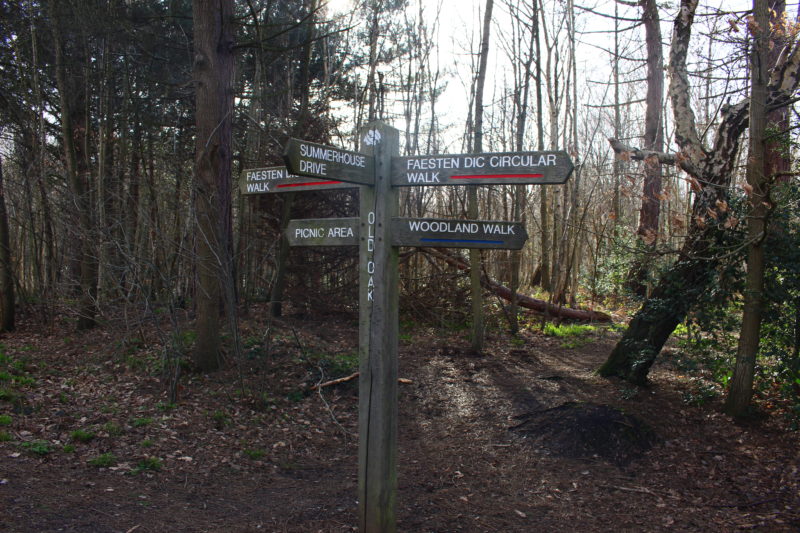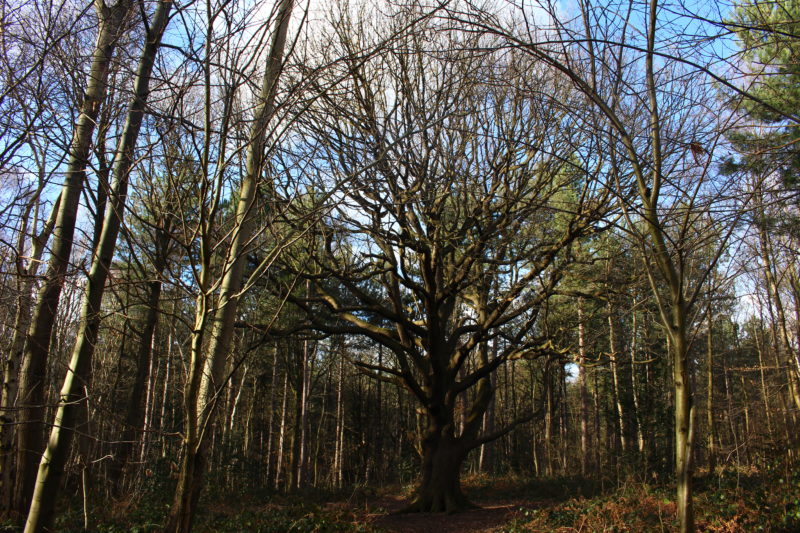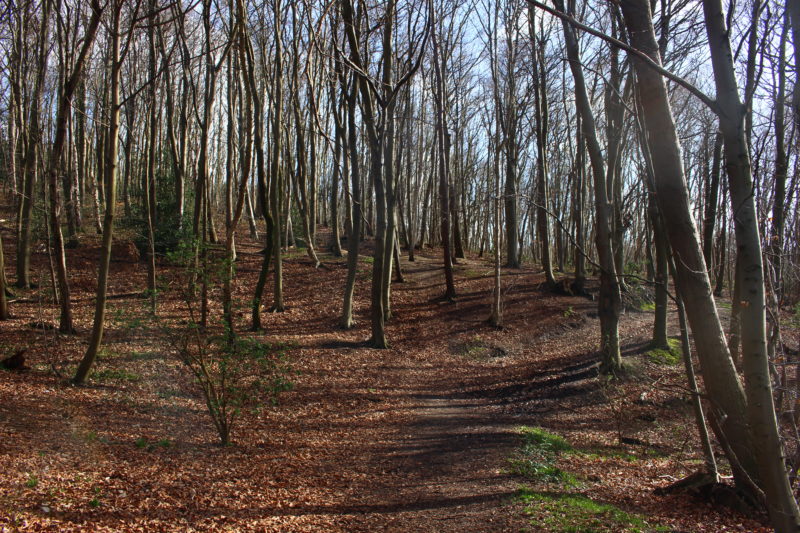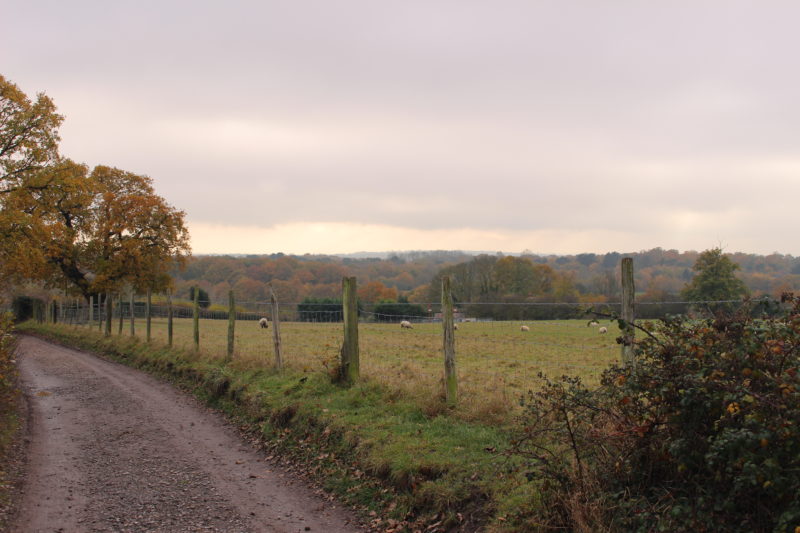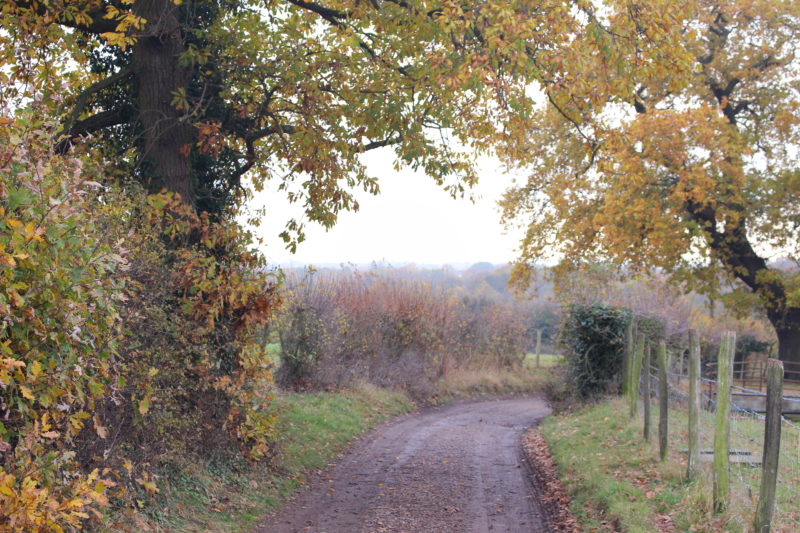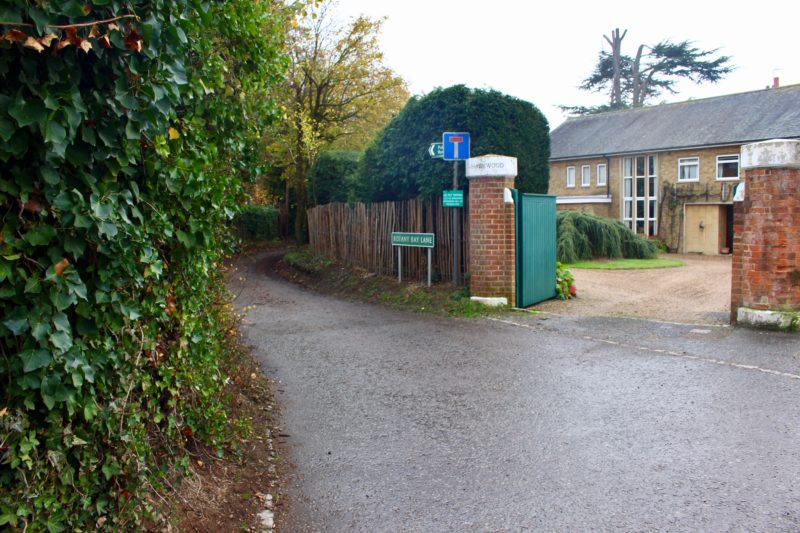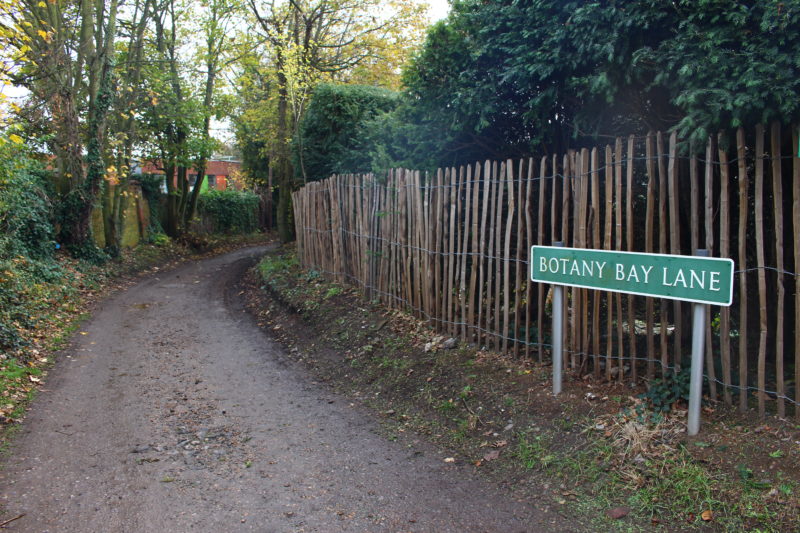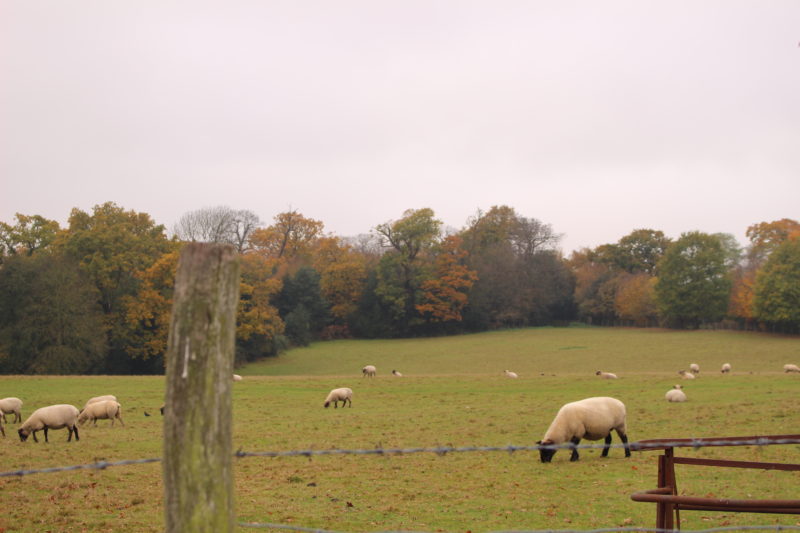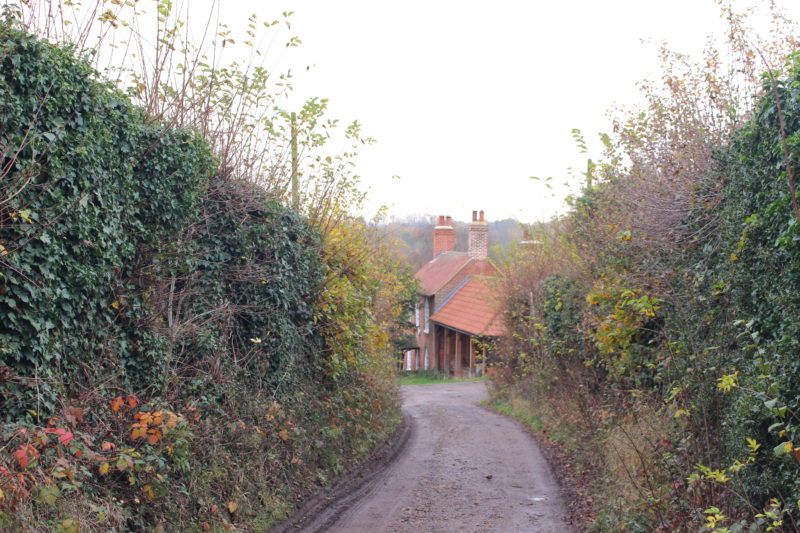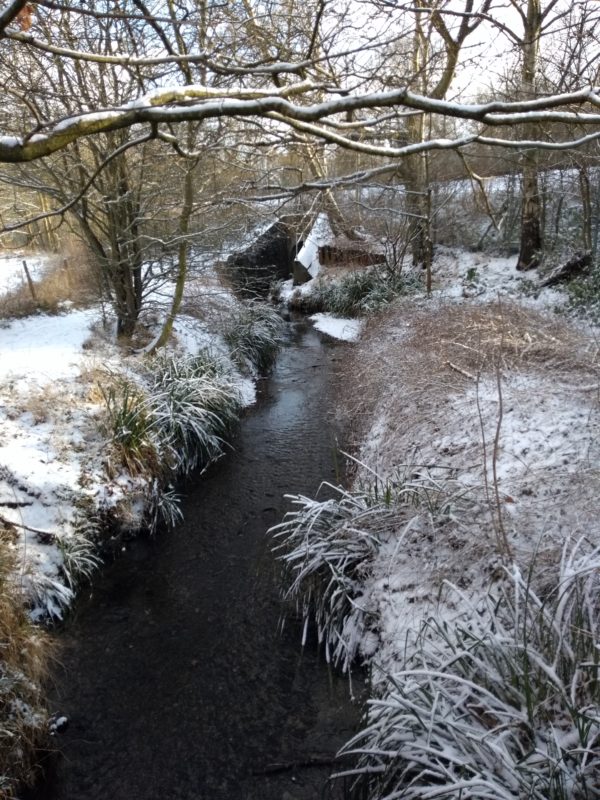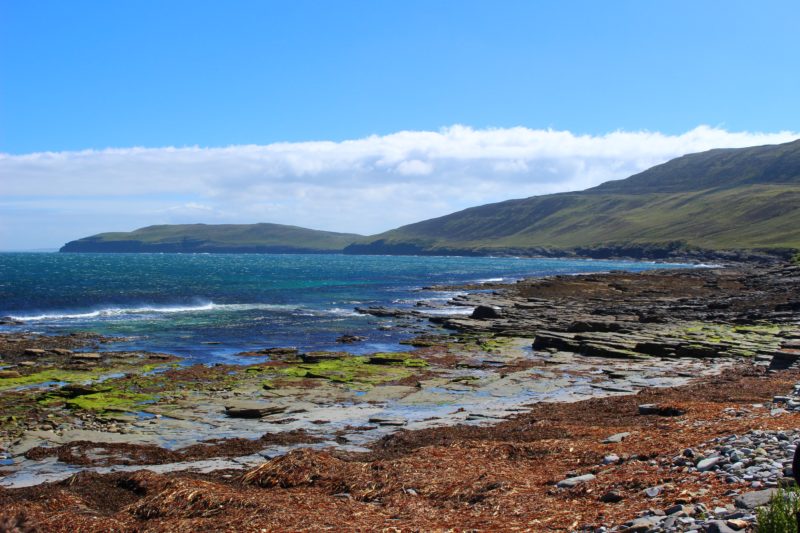
Under glass: a perfect chaos of random brightly coloured objects that, eyes blurred, could be anything. A junk shop, and Aladdin’s Cave of small treasures and tat and trinkets. Red feather boas and precious vases and china plates, jewelled brooches and draped finery like silk scarves. The occasional gold watch, with pearlescent face and little hands intricately ticking away.
Whole pieces at the centre, gradually fading into fragments and sun-bleached oddities at the edges. The bargain bin of rock pools.
On the island of Rousay (often referred to as the Egypt of the North by archaeologists due to the huge amount of important discoveries made there considering its small size) is a bay shielded by the curve of the land. Saviskaill Bay is a popular site for seals (they can often be seen lounging on the rocks further out- there were quite a few while we were there; you can just about spot some in the distance below!)

Rousay is a slightly odd-shaped island- the whole thing leads up to a huge, long hill in the centre, with an almost terraced appearance, as if it’s been sculpted that way. The island is dotted with derelict farmhouses left over from the clearances (Rousay was the only one of the Orkney Islands affected by the clearances, due to the laird of the island). There are tens of cairns (tombs) to be explored, including Midhowe Cairn, a huge tomb now protected from the elements due to its importance. Next to it is Midhowe Broch, the remains of a settlement, which is fascinating to look around (there were also a pair of fulmars nesting there!).
There are rockpools full of otherworldly-looking anemones, gulls swooping low over the ocean, and tonnes of fulmars nesting in the low cliffs behind the beach. The sea surrounding Orkney is so clear it’s easy to see large bodies of seaweed as well as white sand, through the water.


There’s only one road on Rousay, which loops around the central hill of the island, leading from the ferry terminal all the way around, with beautiful views of the other islands. A lot of the cairns are located just off this road; we ended up doing a cairn crawl. Also accessible from Rousay are its tiny satellite islands, Egilsay and Wyre (by ferry) and Eynhallow (by chartered boat).
Saviskaill Bay is a gorgeous beach to explore rock pools, paddle, find lucky groatie buckies (otherwise known as cowrie shells) and spot seals and sometimes even occasionally otters!
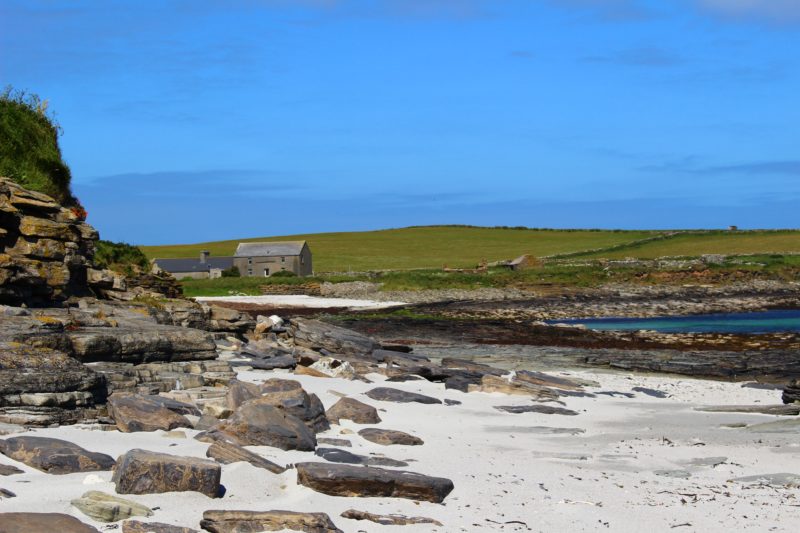
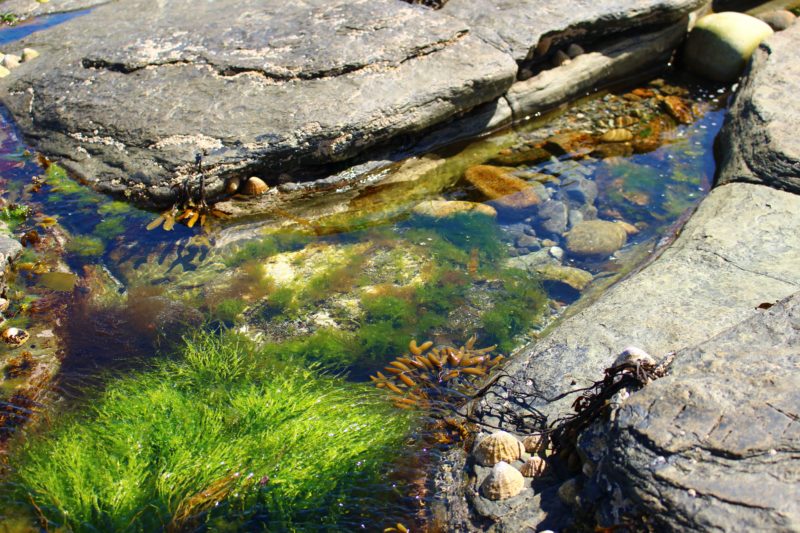
Writing this has made me miss Orkney’s beauty and fresh air- I can’t wait to go back!
Rhi xx



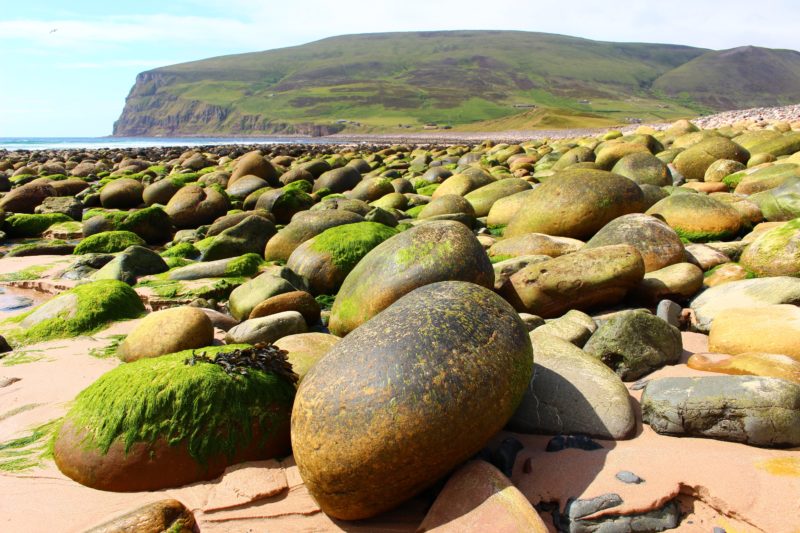
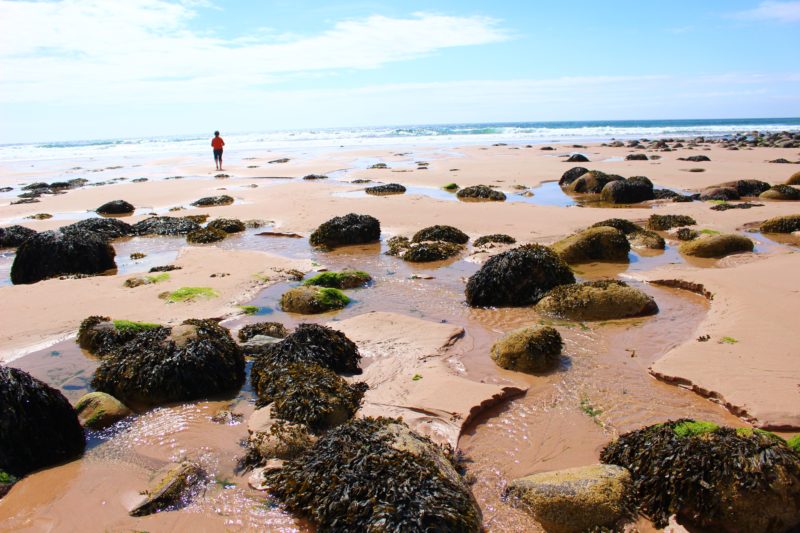
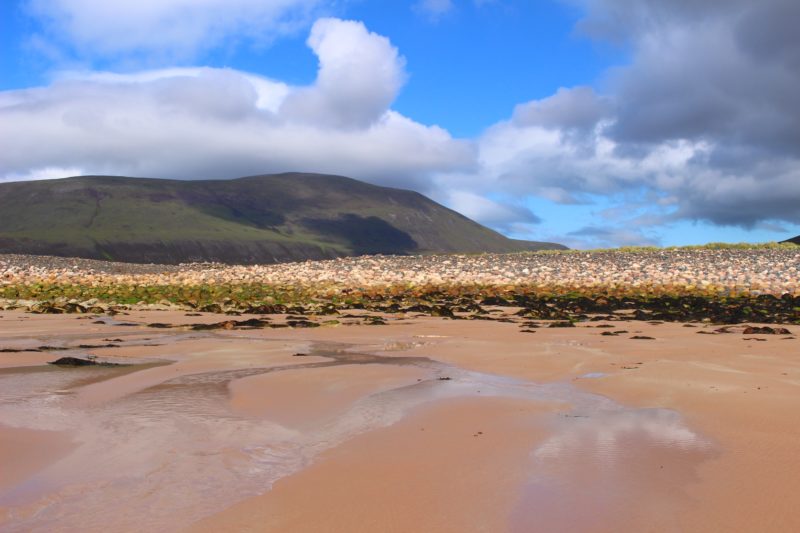
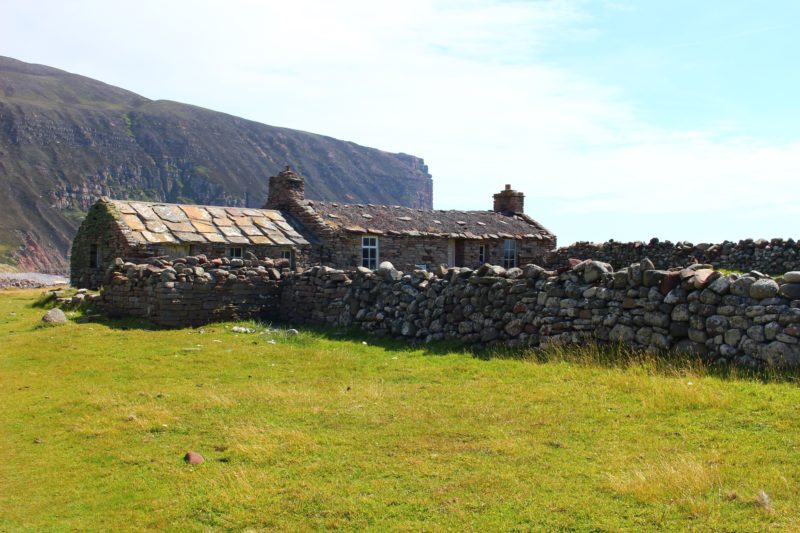
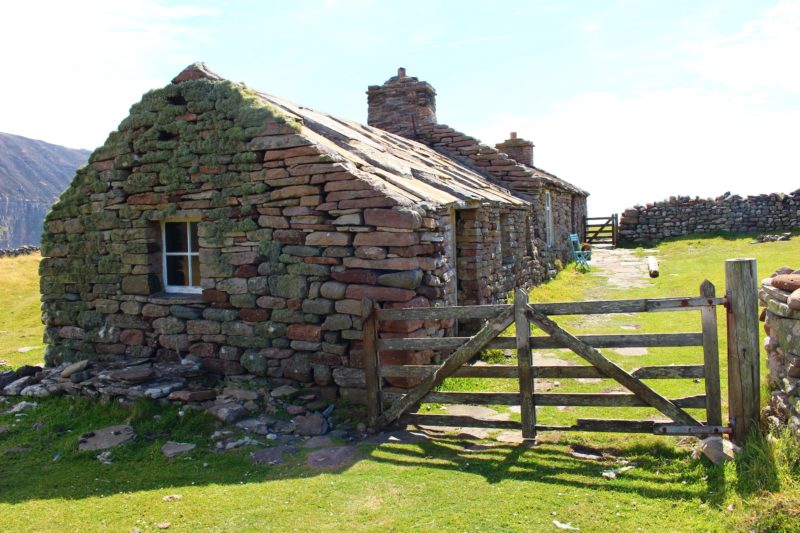
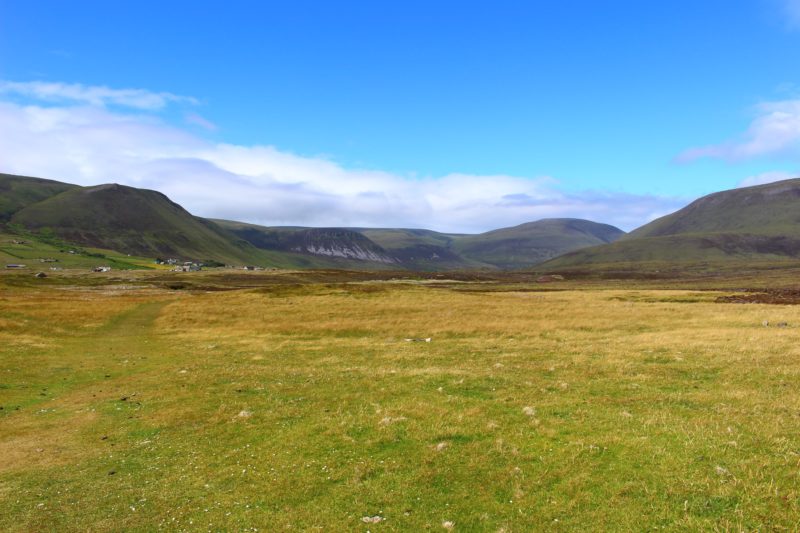
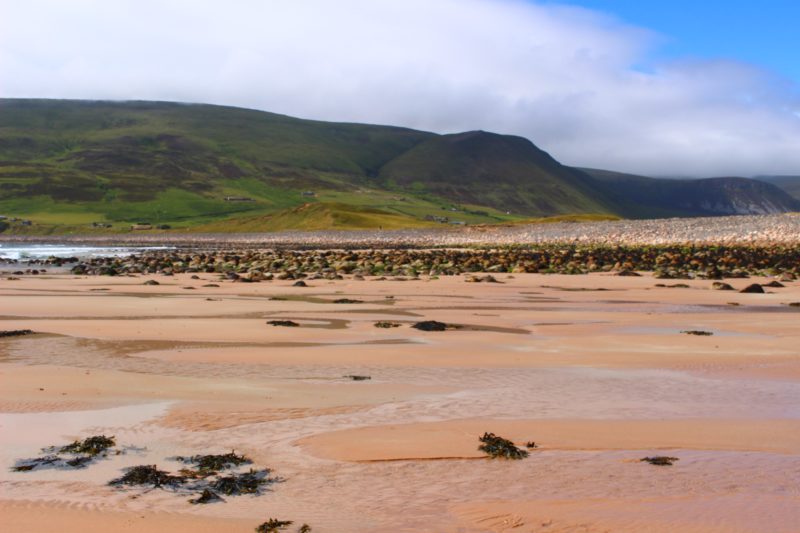
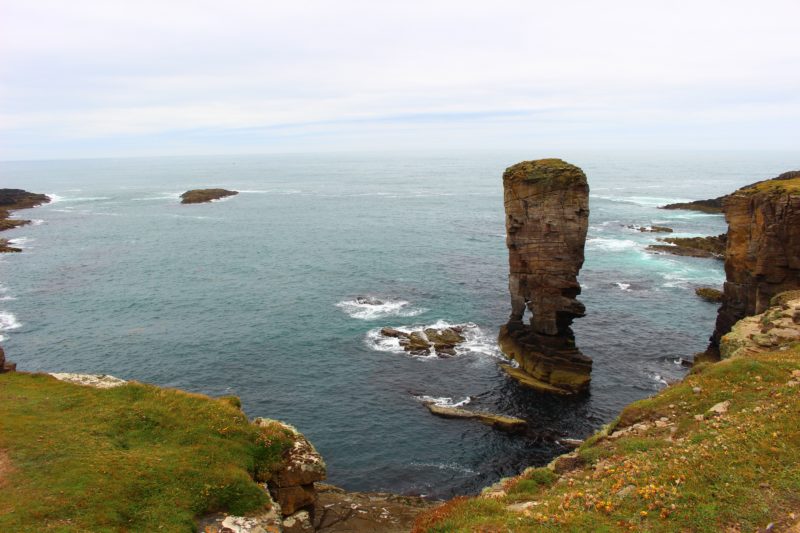
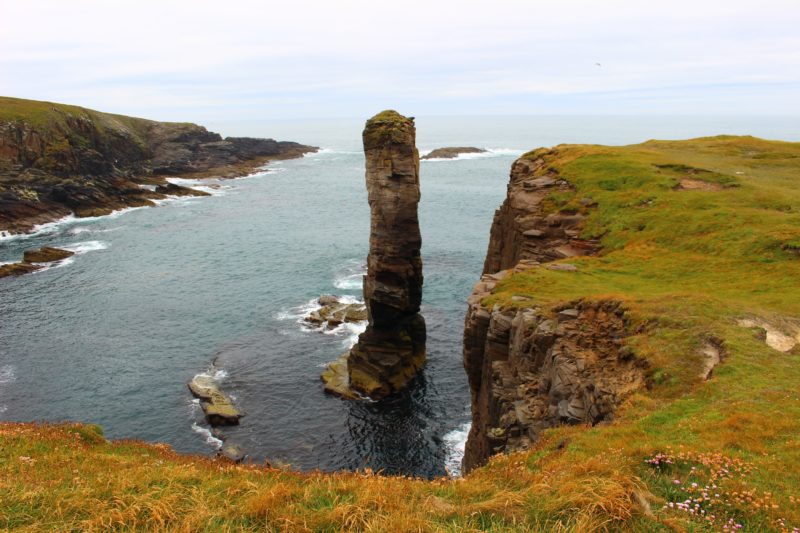
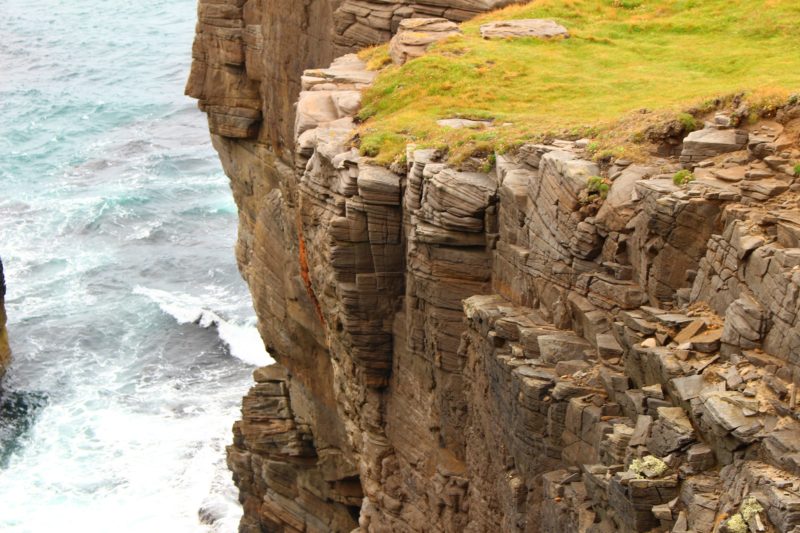
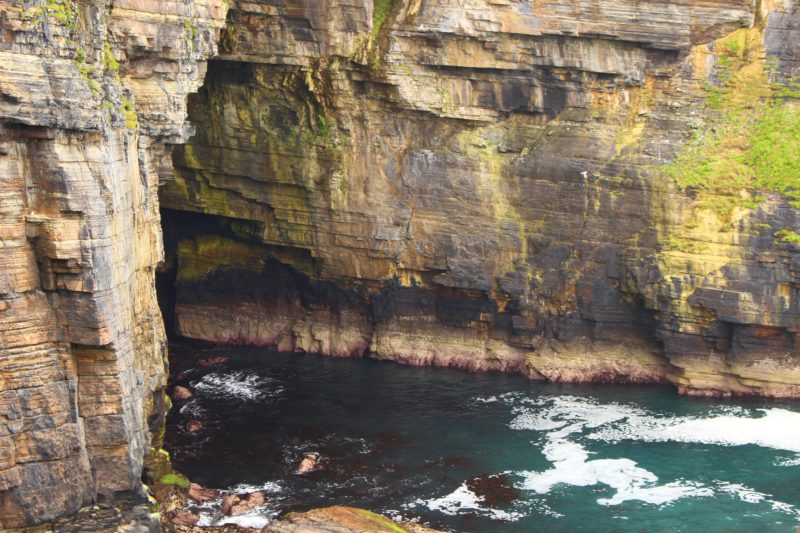
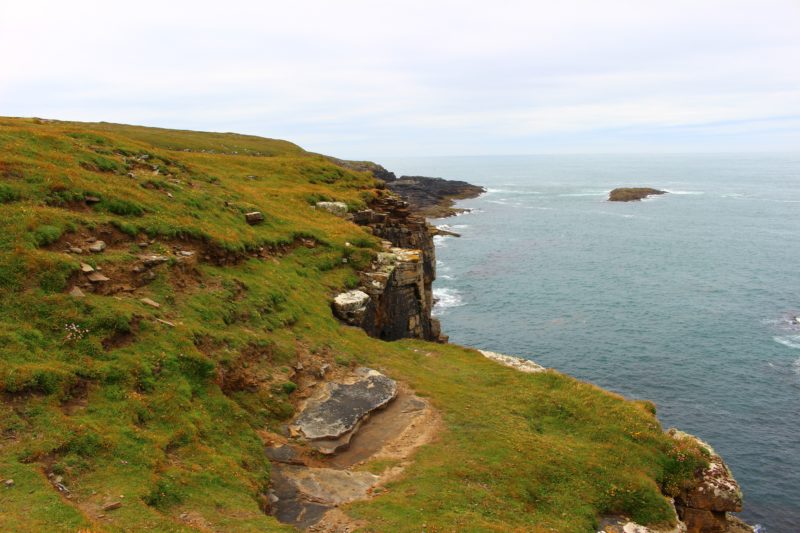
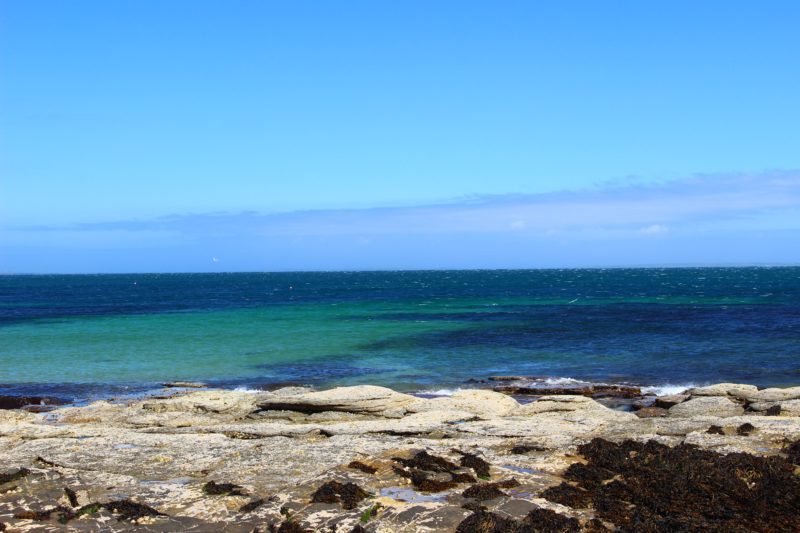
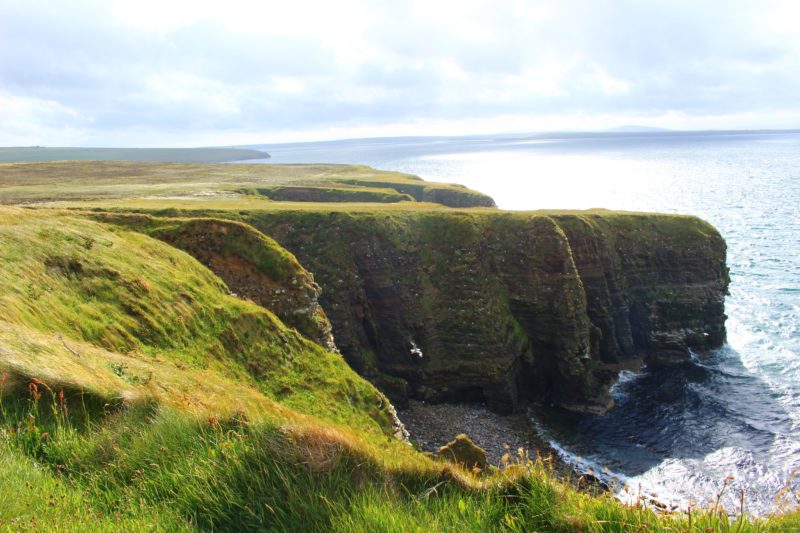
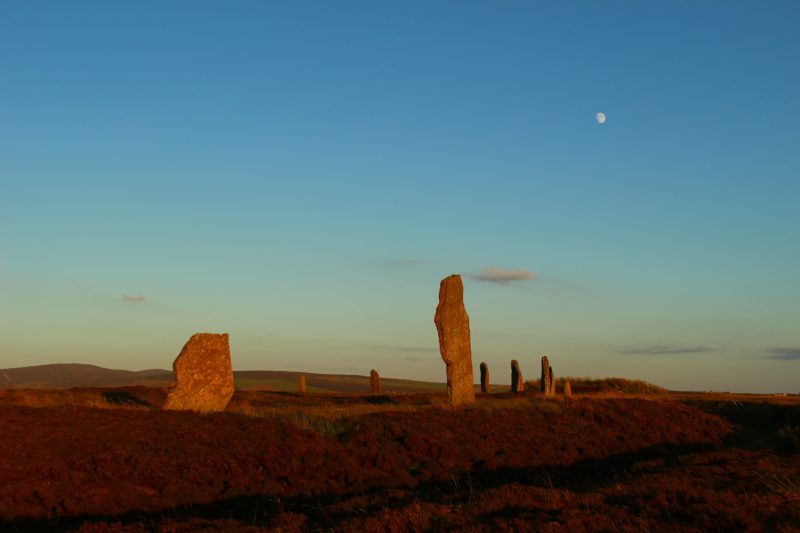
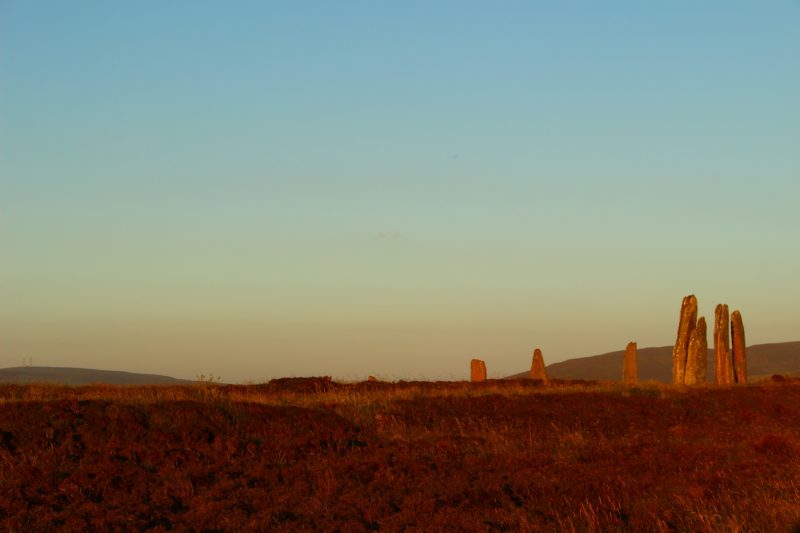
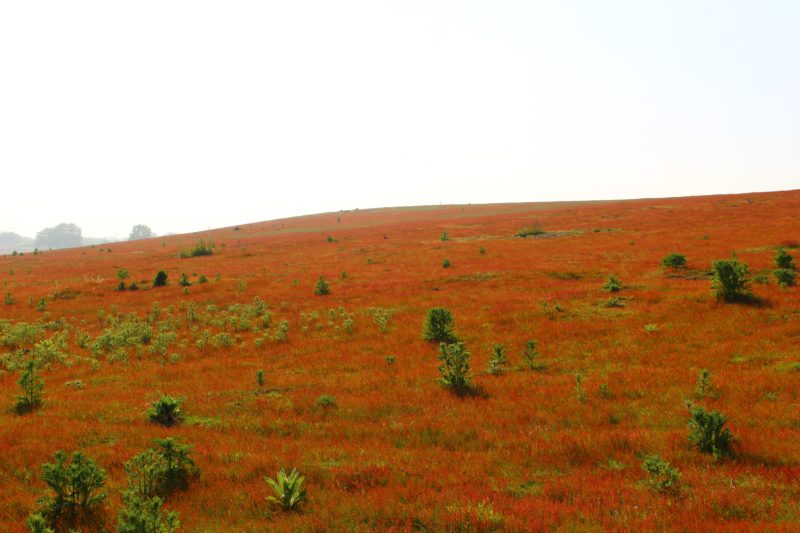
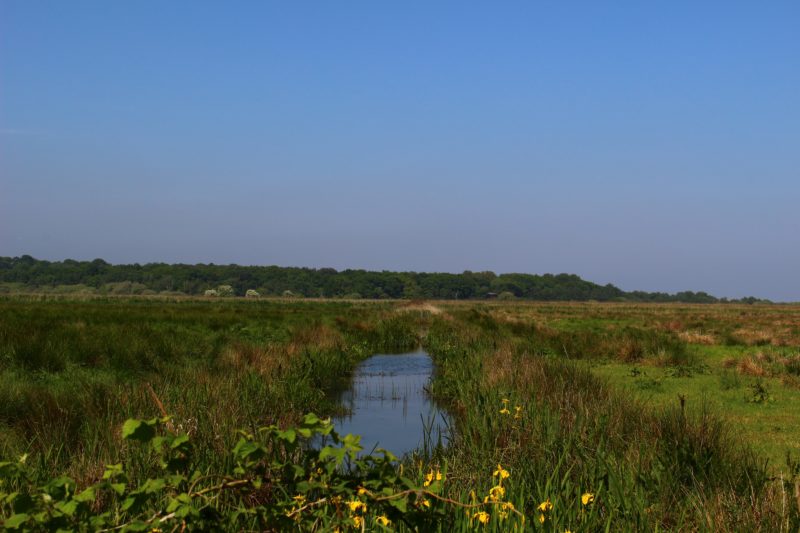
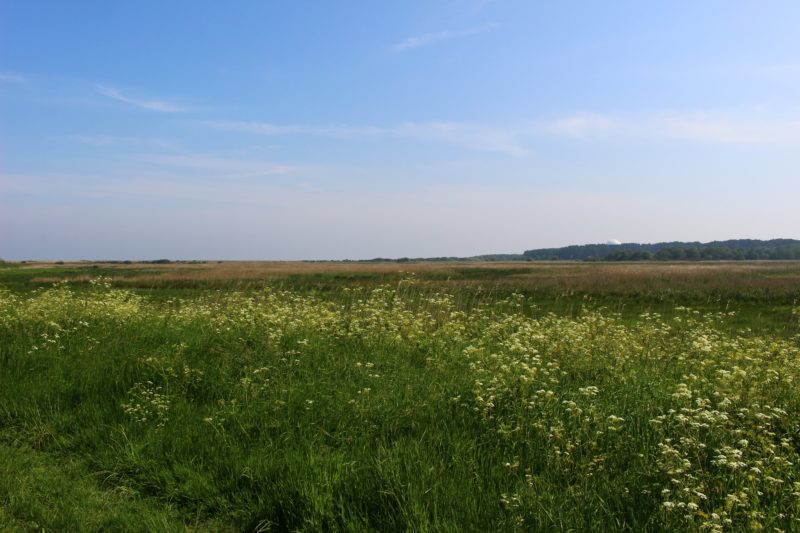

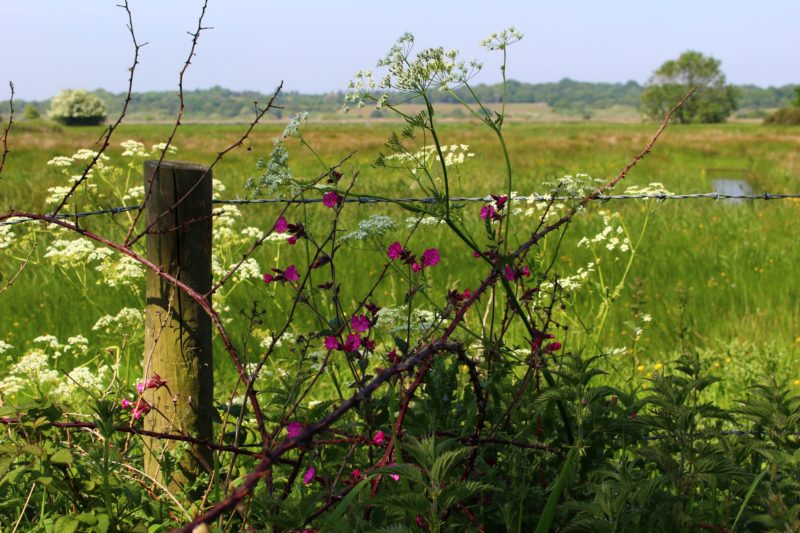
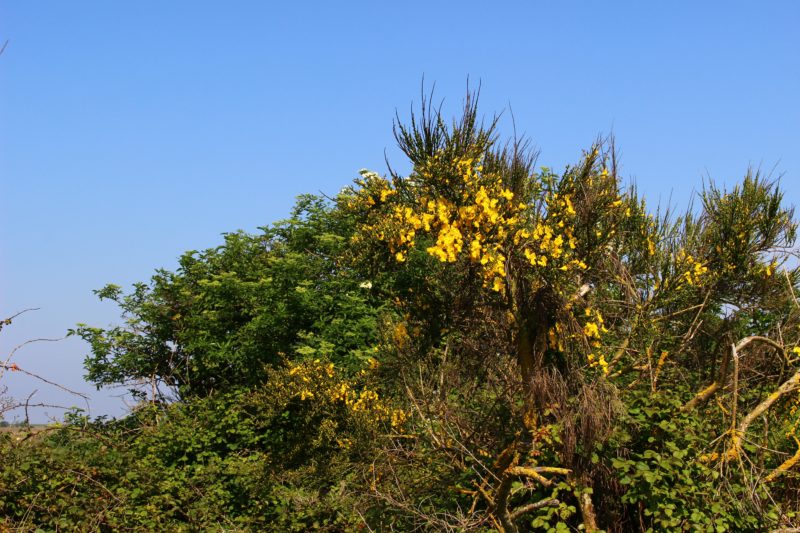
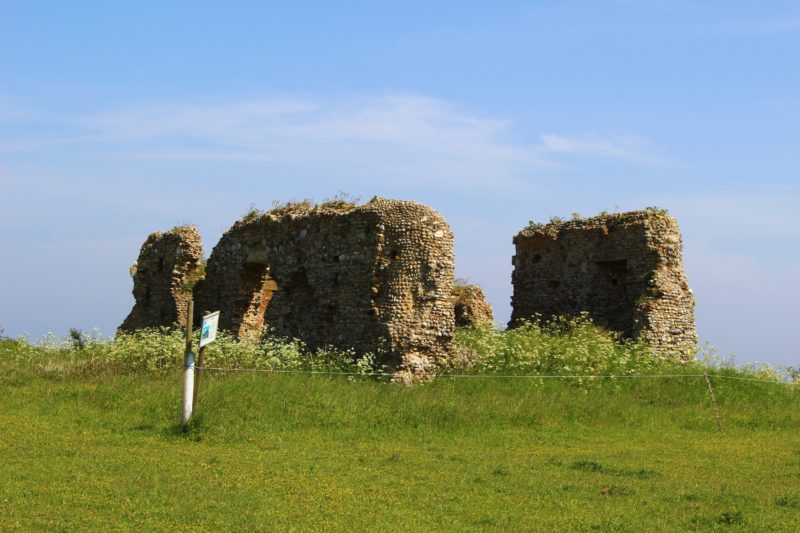

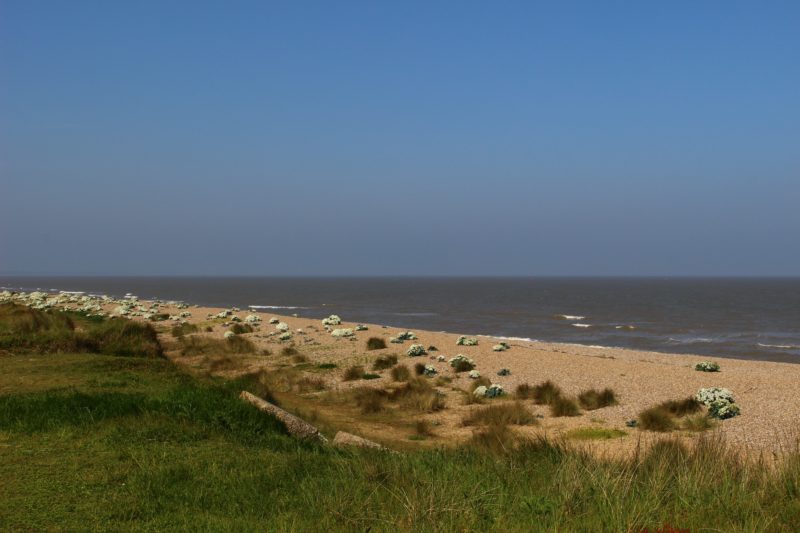
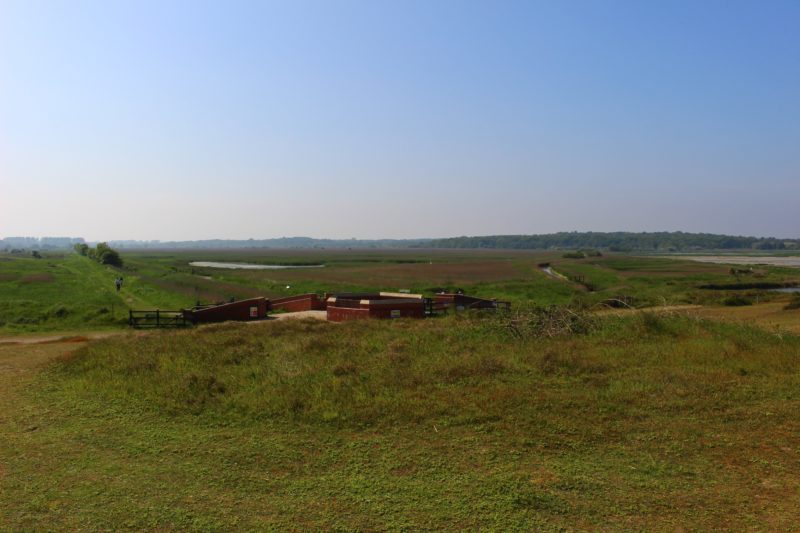


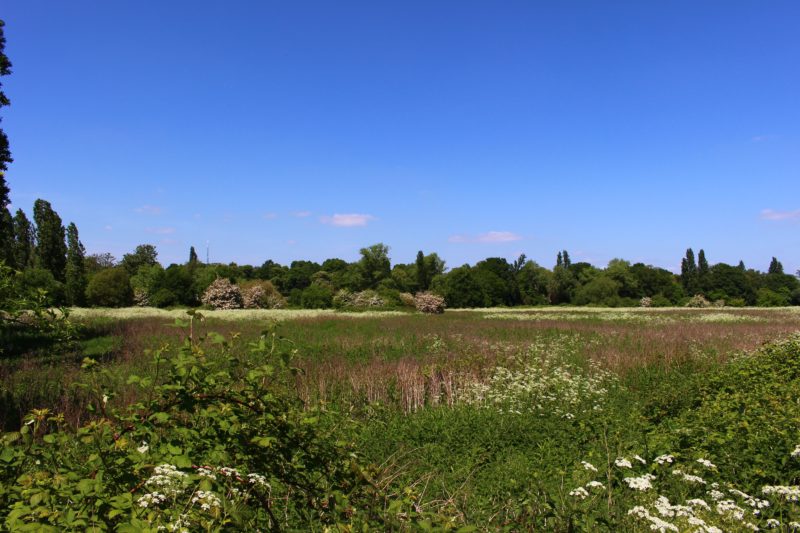
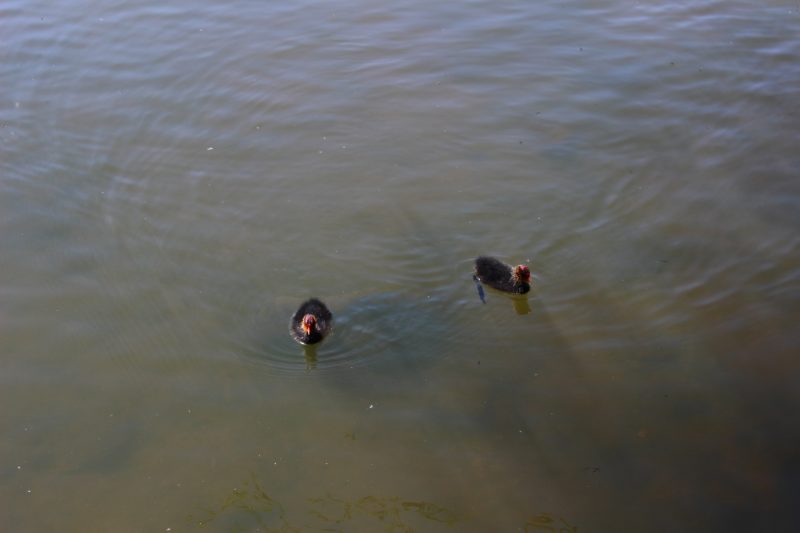
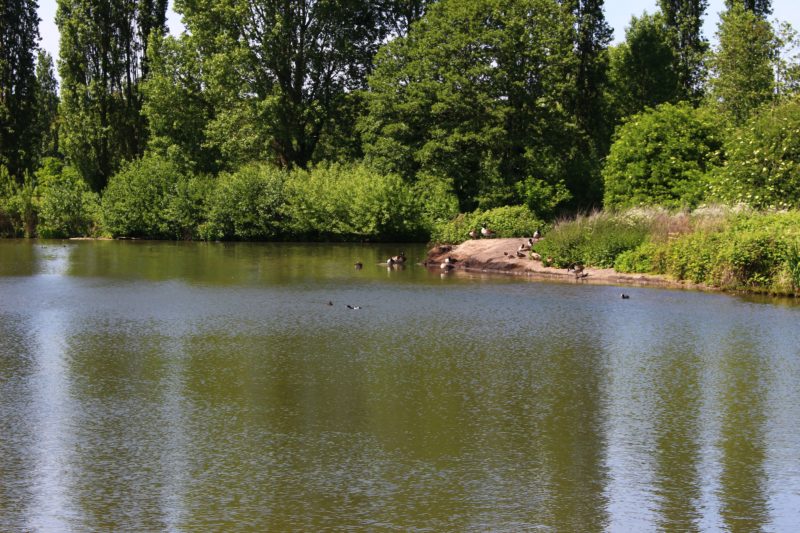

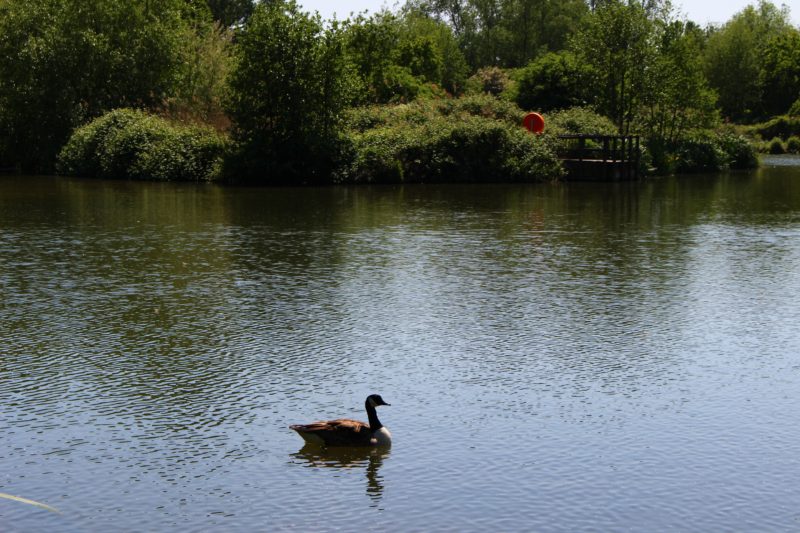


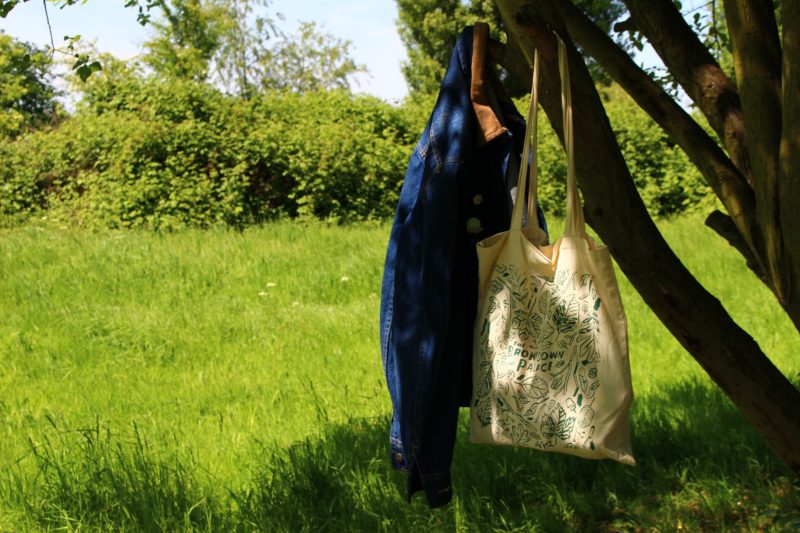
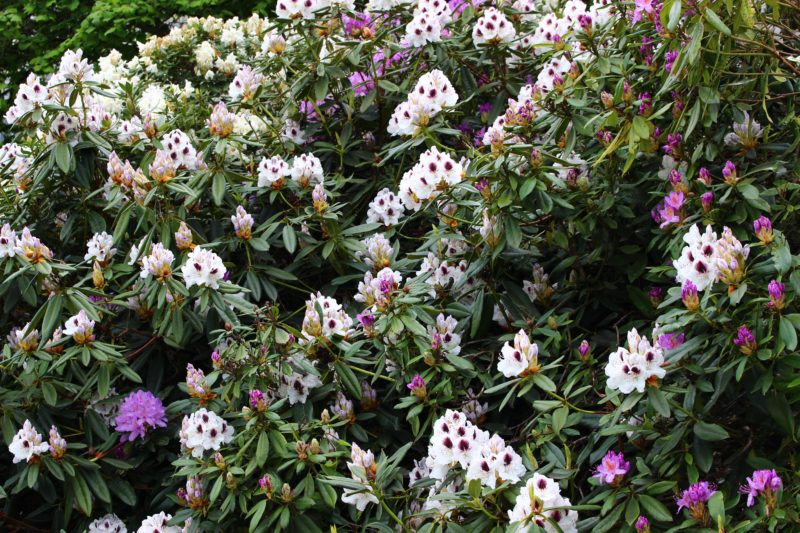
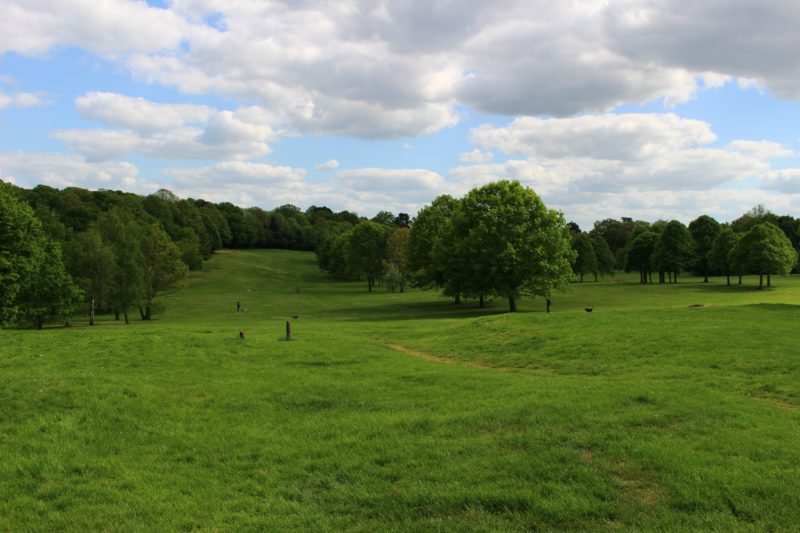

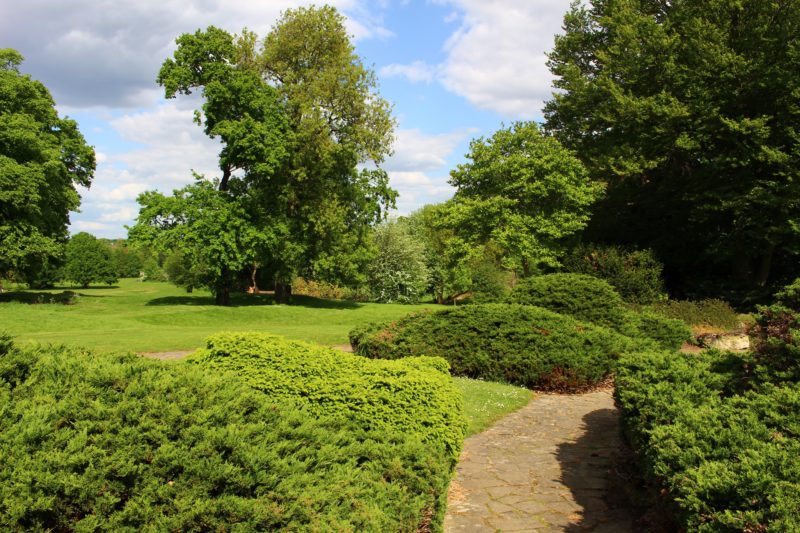
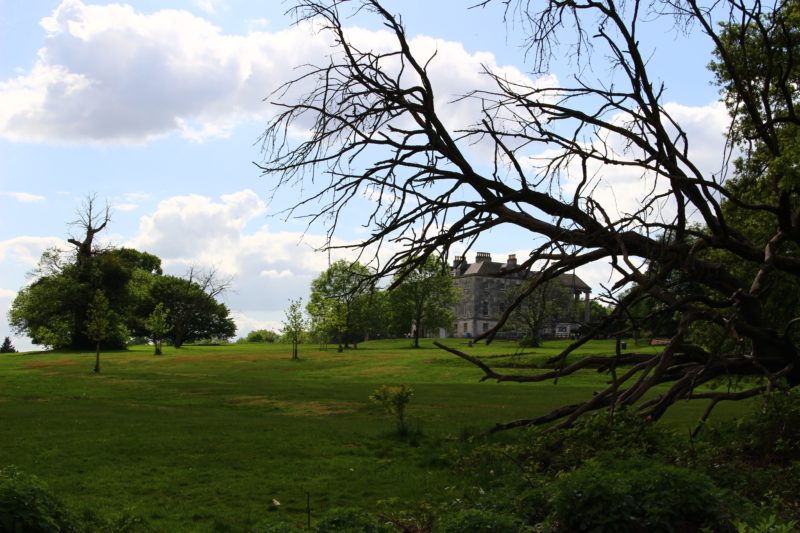

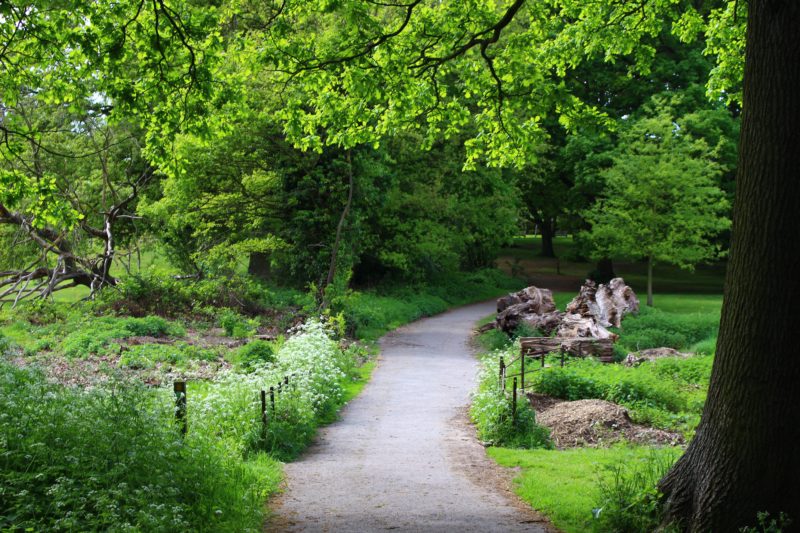
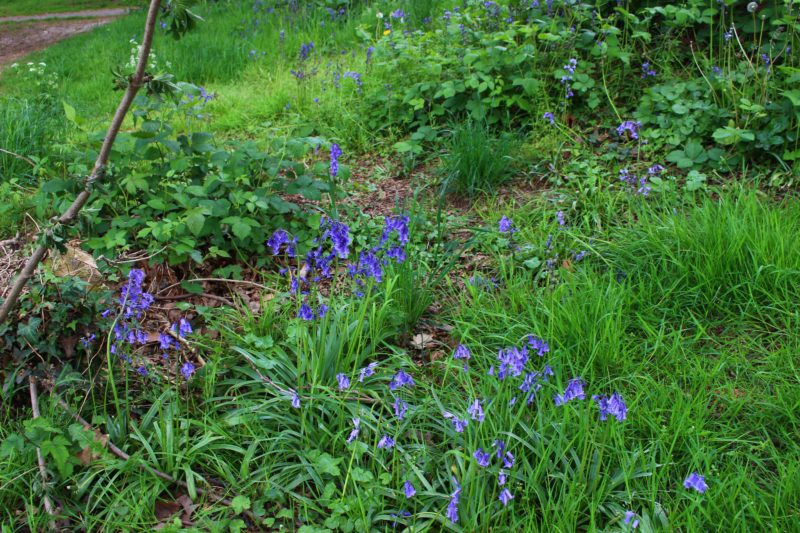

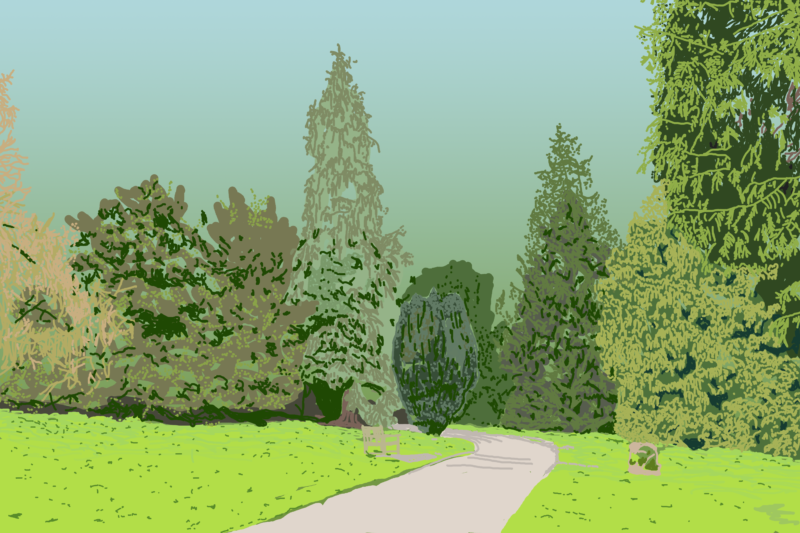

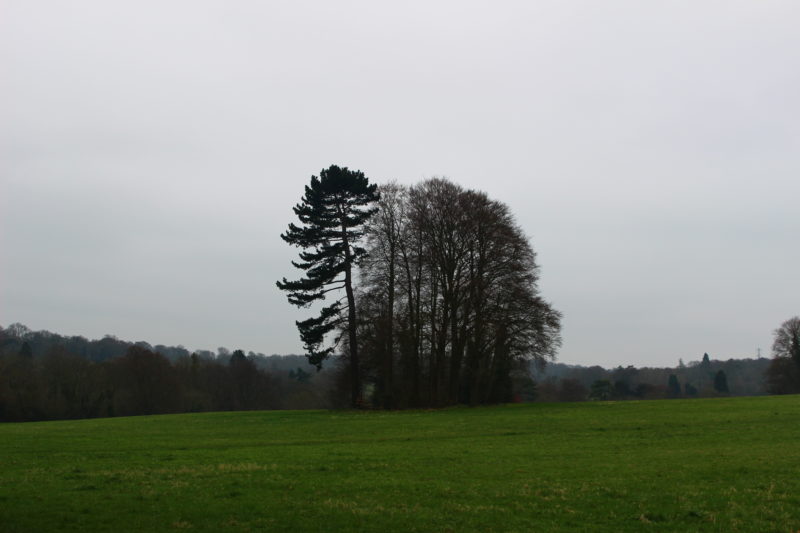
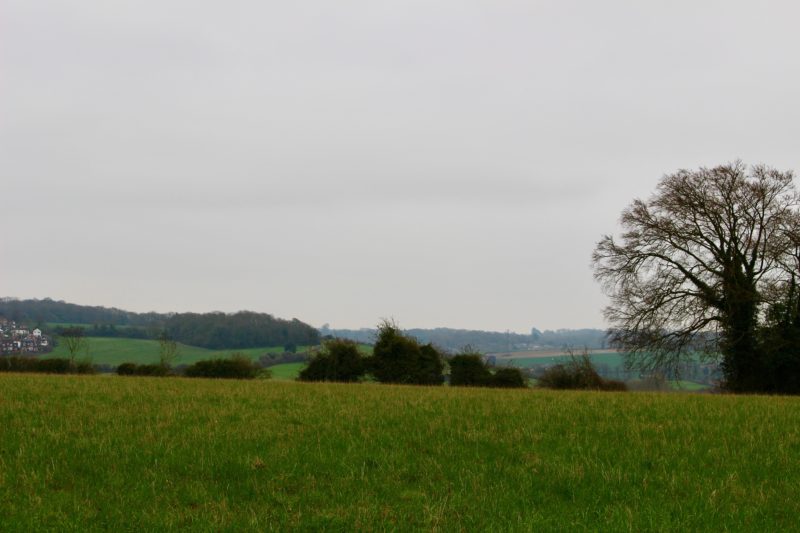
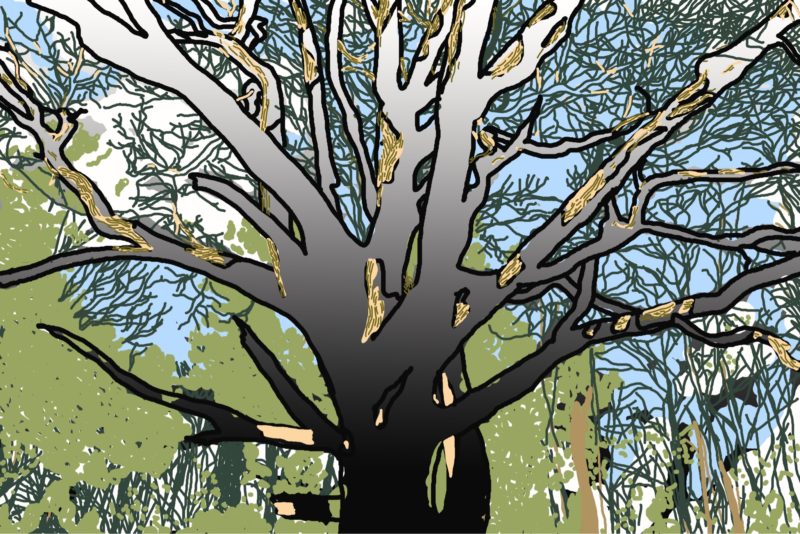 Hi again!
Hi again!